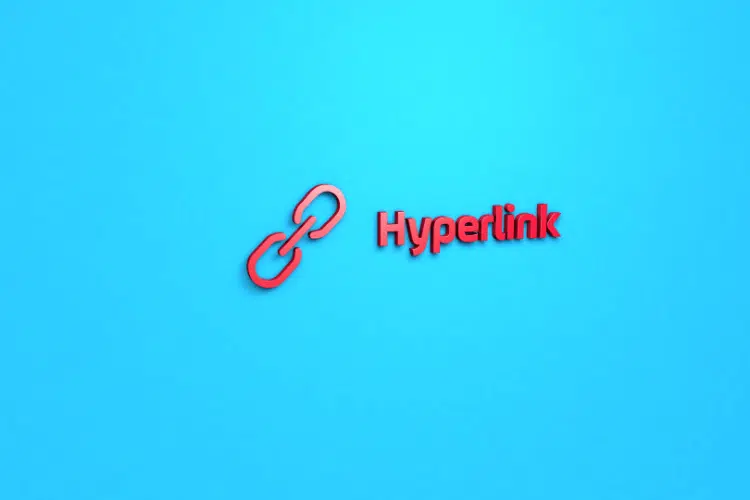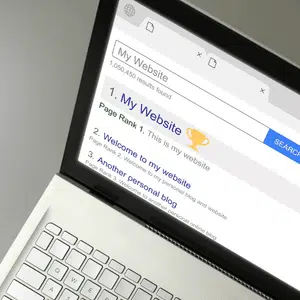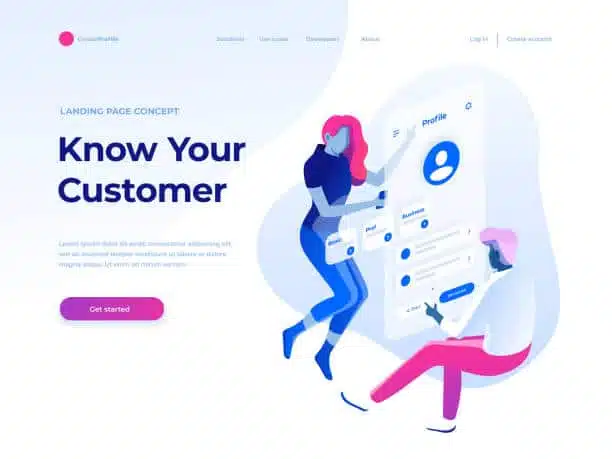By embedding internal links in your company website, you can greatly aid in navigation by allowing visitors to access desired information or view specific company products and services with a single click of the mouse. Beyond enhancing user experience (UX), internal links can have a profound impact on search engine optimization (SEO). Read on for more information about internal links and the beneficial applications of internal linking in SEO.
What Are Internal Links?

The internal link is a specific type of hyperlink, which commonly uses hypertext (highlighted words or phrases) to facilitate easy and instant navigation to another internet site or page. While website designers can utilize clickable hyperlinks that can take visitors virtually anywhere on the internet, there is particular value in employing hyperlinks that connect to other pages on the same website with the same general internet protocol (IP) address. Any hyperlink that does this is called an internal link. From your homepage to your blog posts to your e-commerce pages, internal links can link any specific company website page to any other.
Why Are Internal Links Important?

If you want to connect to more consumers online, you shouldn’t underestimate the power of internal linking. Users may love the way that internal links aid in website navigation, but when it comes to determining the rankings of its search results, Google may love internal links even more.
In fact, all major internet search engines use index bots called “crawlers” to assess internal links, using them as tools to better locate and understand each page on your company website. This has made internal linking a critically important part of any effective SEO campaign.
Essentially, digital marketing specialists can strategically employ internal links to assign page authority (or page rank) to key pages. So if you want your business to appear at or near the top of relevant searches for your goods or services, you’ll want to pay close attention to internal linking.
Benefits of Internal Linking in SEO
Here are just a few of the competitive advantages that SEO-focused internal linking can provide:
Leverage the Authoritative Power of Your Homepage

When other websites link to yours (otherwise known as “external linking”), they generally link to your homepage. Google and other search engines use external links as a mark of legitimacy and authority, making them an extremely important component of the ranking process. Therefore, external links are also a key focus in the art and science of SEO. Digital marketing specialists recommend making the most of your authoritative homepage with a number of internal links to all pages that you deem important or noteworthy.
Highlight Recent and Important Posts
Whether linking from your homepage or elsewhere, the strategic placement of internal links is a great way to help people navigate to your newly published posts on your website or its attached blog. The SEO education platform Yoast recognizes that this will place more on the already crowded plates of business managers and marketing specialists who produce and post content on a regular basis. However, it is certainly worth the hassle. Linking to these posts can not only further their organic popularity but aid in SEO by ensuring that search engine crawlers index them after landing on other pages on your website.
Attract the Right Consumers with the Right Keywords

As the digital marketing thought leader Neil Patel puts it, “your internal links should use anchor text, but not just any anchor text will do.” In short, your anchor text should consist of words and phrases that summarize or describe exactly what the target link is about. Ideally, it will also include one or more keywords that relate directly to your business and what it does. Keywords are an essential element of Search Engine Optimization that helps search engine crawlers identify your business and evaluate your website for ranking results.
Drive More Traffic to Your Webpages
By leveraging the above benefits and many more, you can successfully capture the attention of more people online and route more users to your website. And after visitors arrive at your site, internal linking has a unique ability to encourage click-through to other pages, including e-commerce pages that allow them to make an online purchase. By lending your website authority, internal linking can dramatically improve your average Google rankings.
Internal Linking Best Practices

To make the very most of internal linking on your website, you should adhere to a broad range of SEO best practices. While enlisting the help of an experienced digital marketing agency is key to gaining a definitive competitive advantage, here are just a few of the internal linking best practices to follow according to the authoritative resource Backlinko.
First and foremost, you should avoid using the same anchor text for two or more different pages on your website. This confuses search engine crawlers and severely damages your SEO efforts. The precise placement of your anchor text can also make a big difference in terms of both user navigation and SEO. Research has shown that internal links near the top of the page fare considerably better than those located further down.
Other internal linking best practices to consider include linking to older website posts that may have newfound relevance and ensuring that your links are both viable and functional on the mobile versions of your website.
However, when it comes to building internal links, you can certainly have too much of a good thing. Backlinko estimates that as the total number of internal and external links approaches triple digits, the overall value of those links begins to diminish. It is also important to remember that any page with two identical internal links will gain little value from the second link because search engine crawlers will only index the first.
In Conclusion
Internal linking can help your company get to the first page of internet searches. To learn more about the importance of internal linking and SEO in general, contact a representative of Cleveland, Ohio’s Marketing Done Right today.